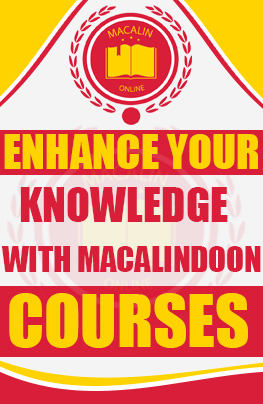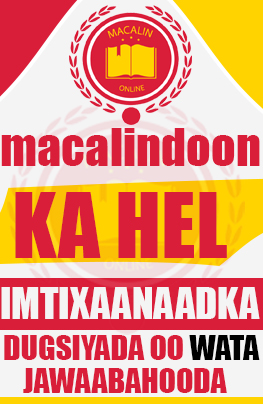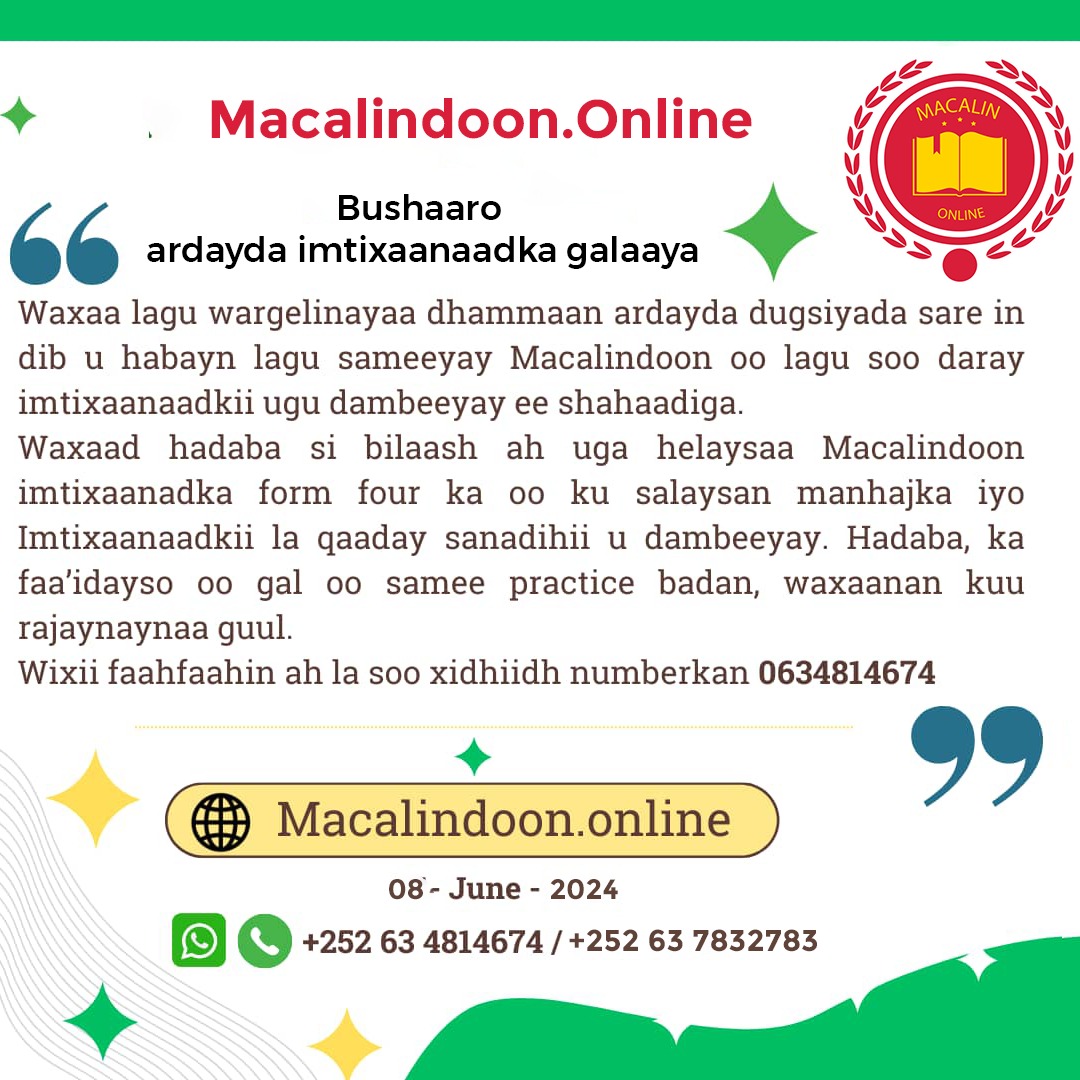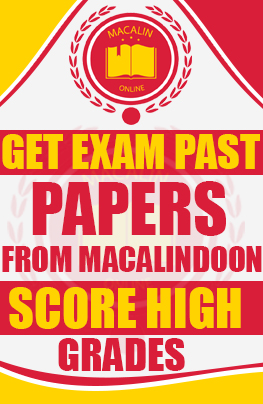
Profile Details
Overview:
1. Introduction:
The Somali Region, experiences multidimensional child poverty and
significant deprivation in access to equitable education and child protection
services essential services such as equitable access to equitable education and
child protection services. services. Vulnerable children, including orphans,
street children, children with disabilities (CwD), CwD), out-of-school children
(OOSC), internally displaced children, returnees, and those exposed to chronic
illness, child labor, GBV, and harmful traditional practices, remain
disproportionately affected. According to the 2020 UNICEF-CSA report, the
Somali Region has the highest rate of child poverty in Ethiopia, with over 70%
of school-aged children experiencing education deprivation. CAAP, a registered
local NGO, is designing an inclusive model boarding school program for OVC in
Gode town. However, a critical data gap persists in understanding the current
access, barriers, and educational needs among OVC. This assessment aims to
generate evidence to inform context-appropriate inclusive and equitable
education services for OVC.
Information:
1. Introduction:
The Somali Region, experiences multidimensional child poverty and significant deprivation in access to equitable education and child protection services essential services such as equitable access to equitable education and child protection services. services. Vulnerable children, including orphans, street children, children with disabilities (CwD), CwD), out-of-school children (OOSC), internally displaced children, returnees, and those exposed to chronic illness, child labor, GBV, and harmful traditional practices, remain disproportionately affected. According to the 2020 UNICEF-CSA report, the Somali Region has the highest rate of child poverty in Ethiopia, with over 70% of school-aged children experiencing education deprivation. CAAP, a registered local NGO, is designing an inclusive model boarding school program for OVC in Gode town. However, a critical data gap persists in understanding the current access, barriers, and educational needs among OVC. This assessment aims to generate evidence to inform context-appropriate inclusive and equitable education services for OVC.















